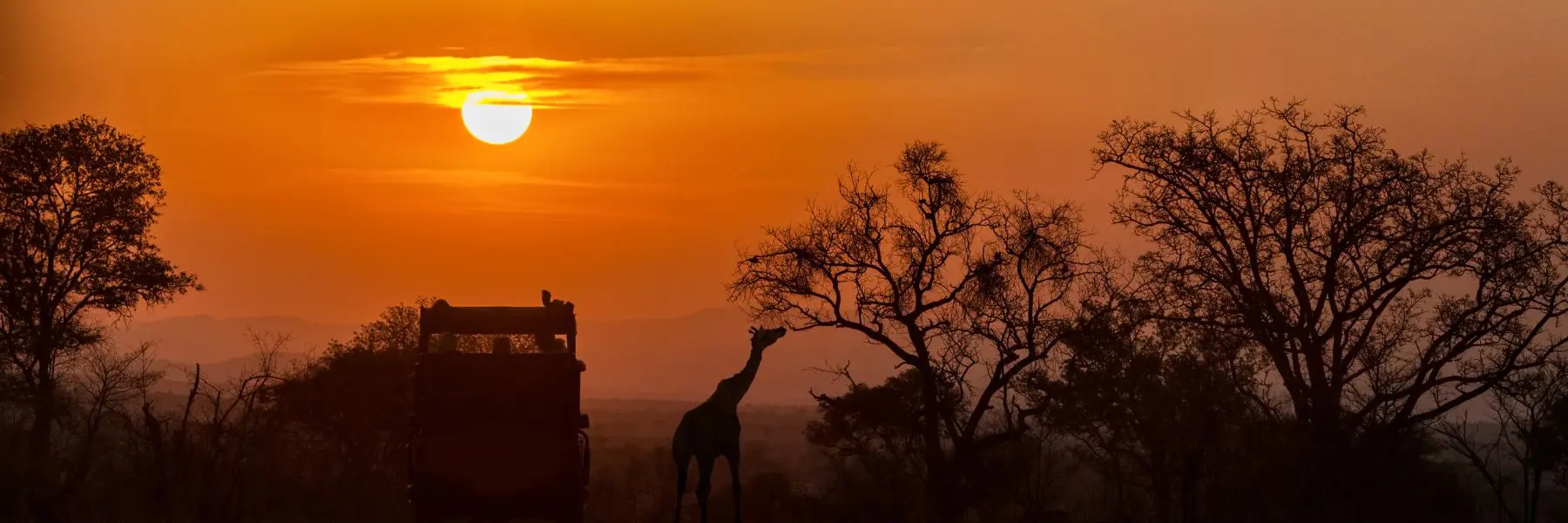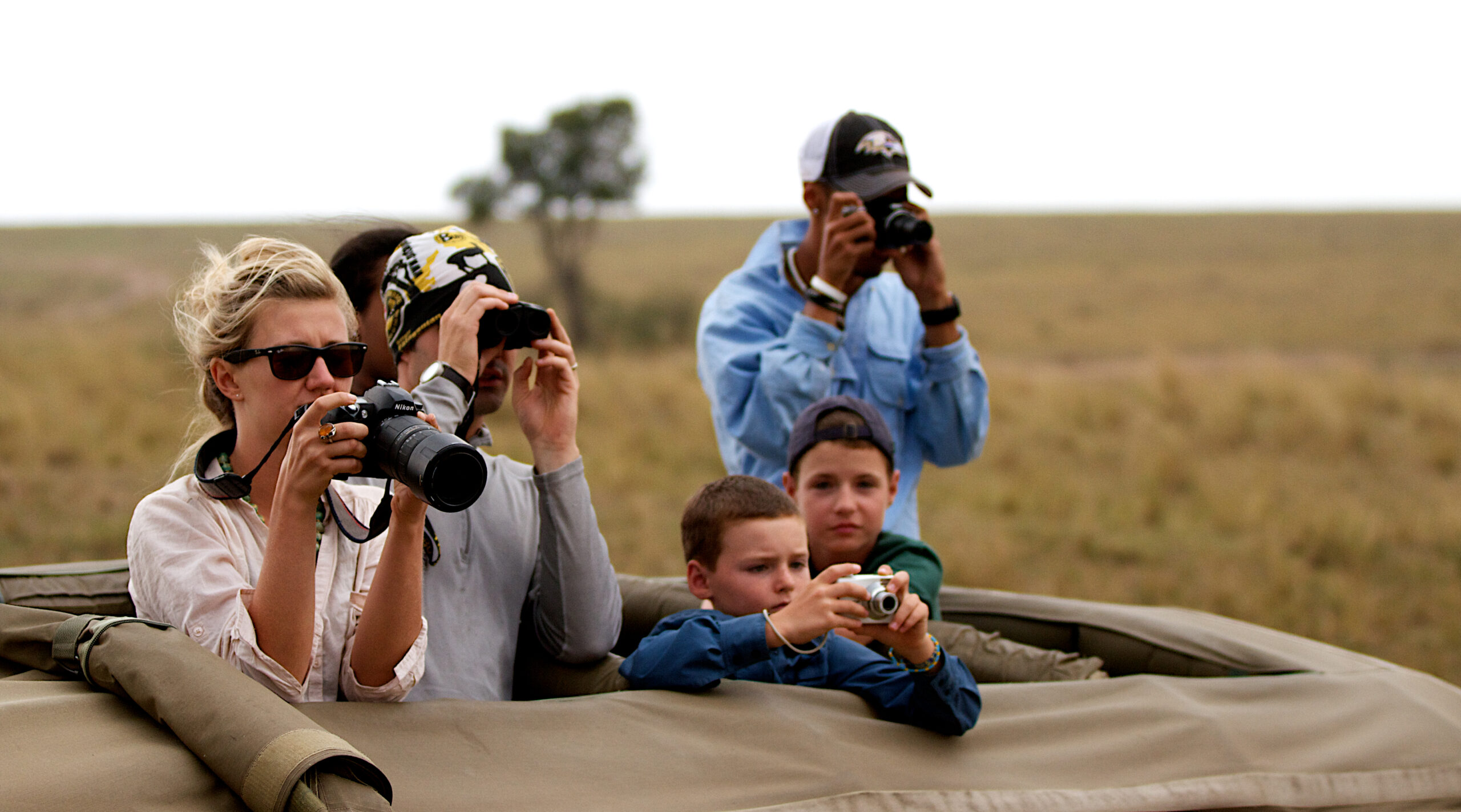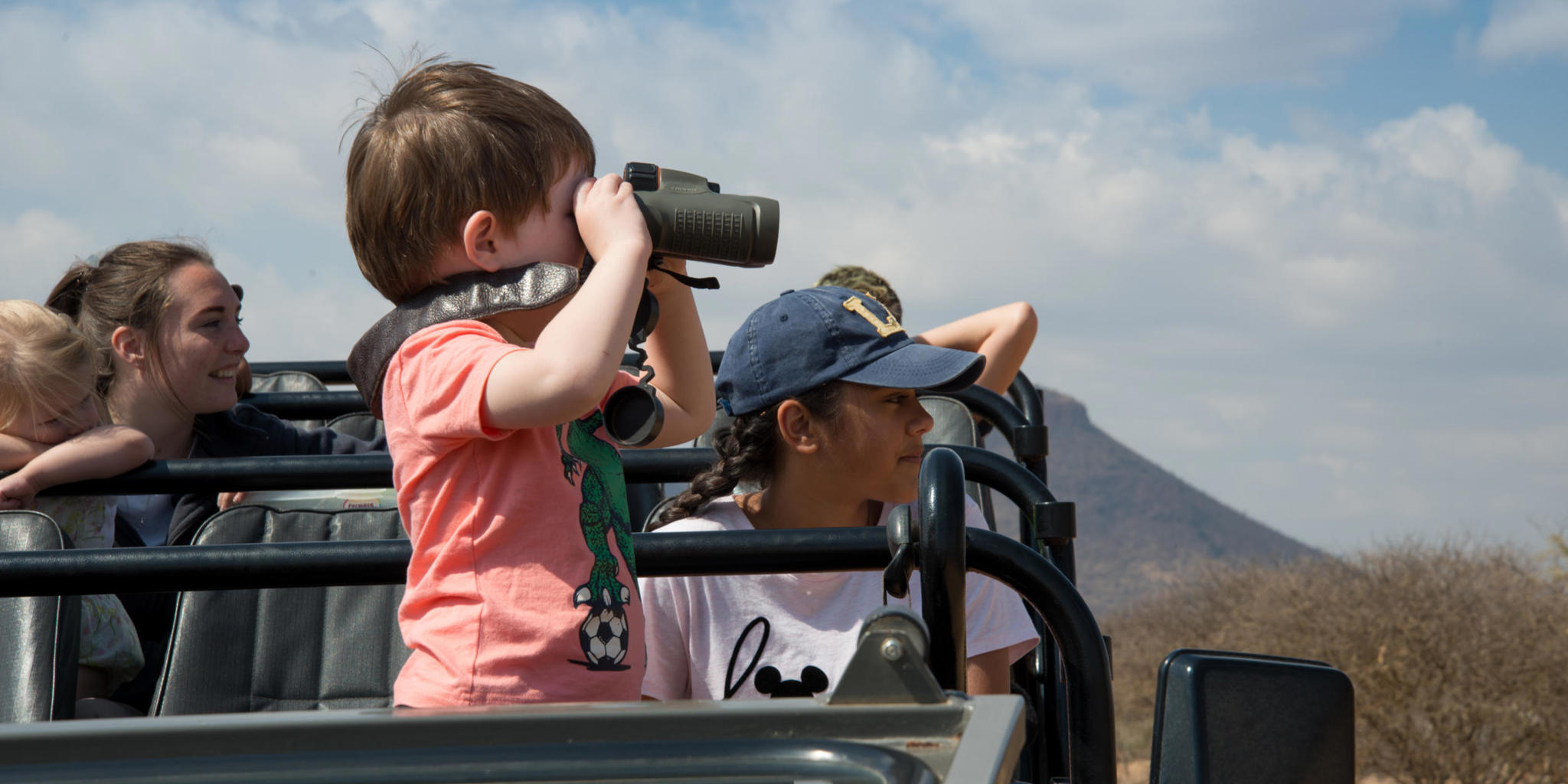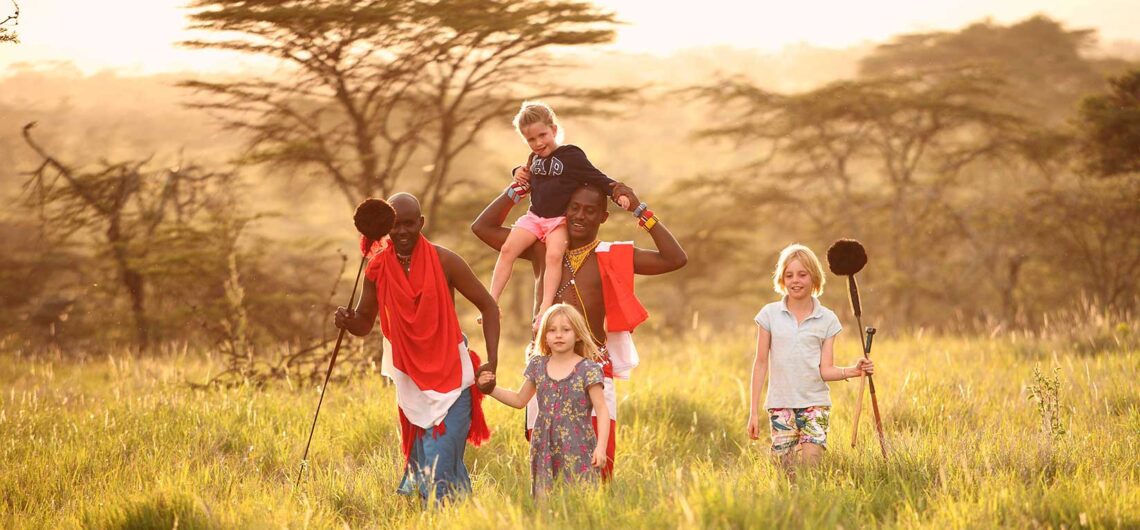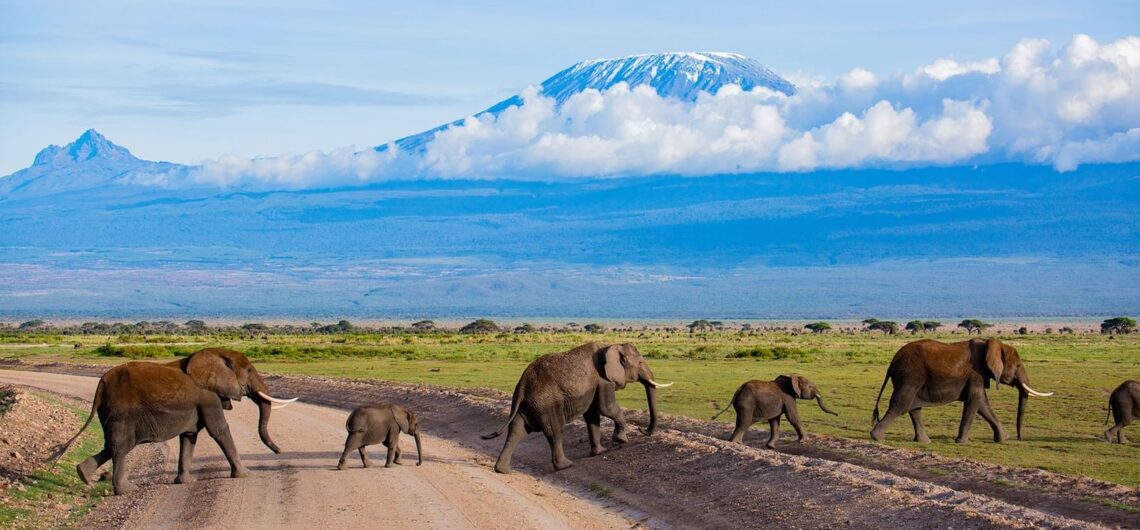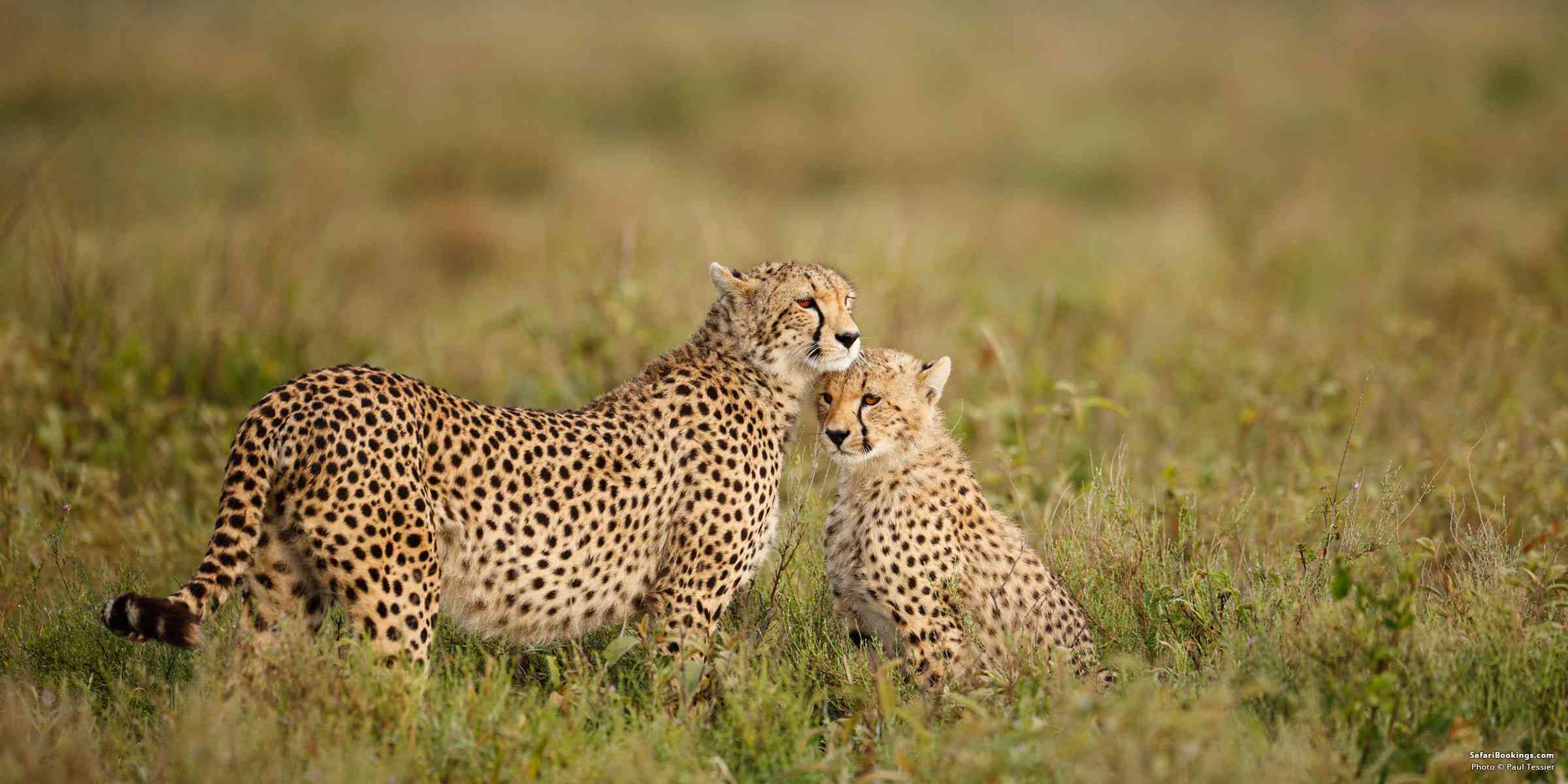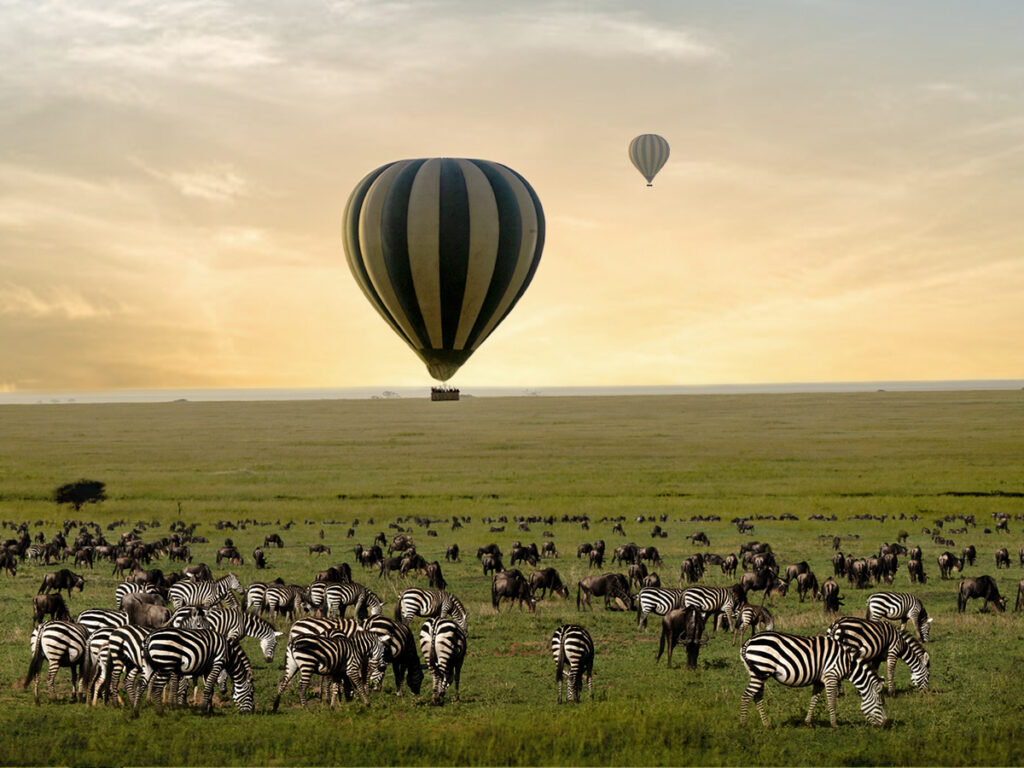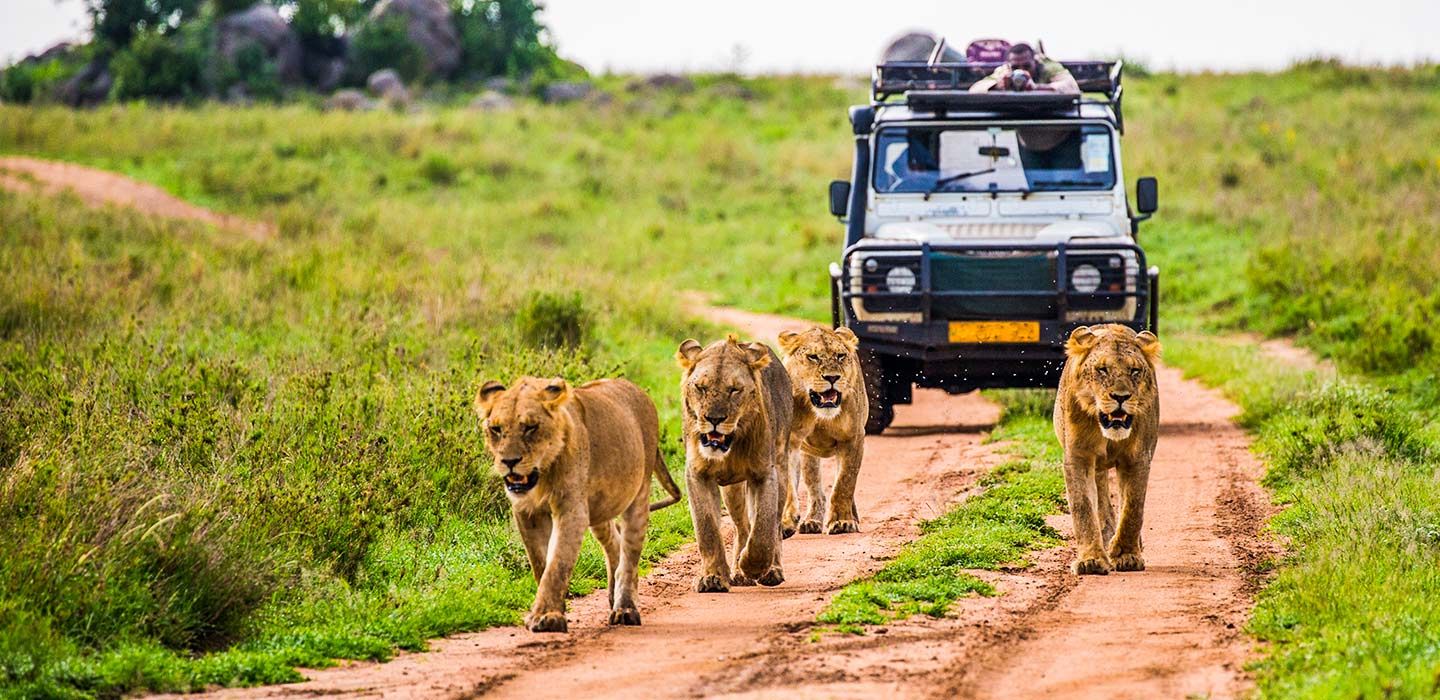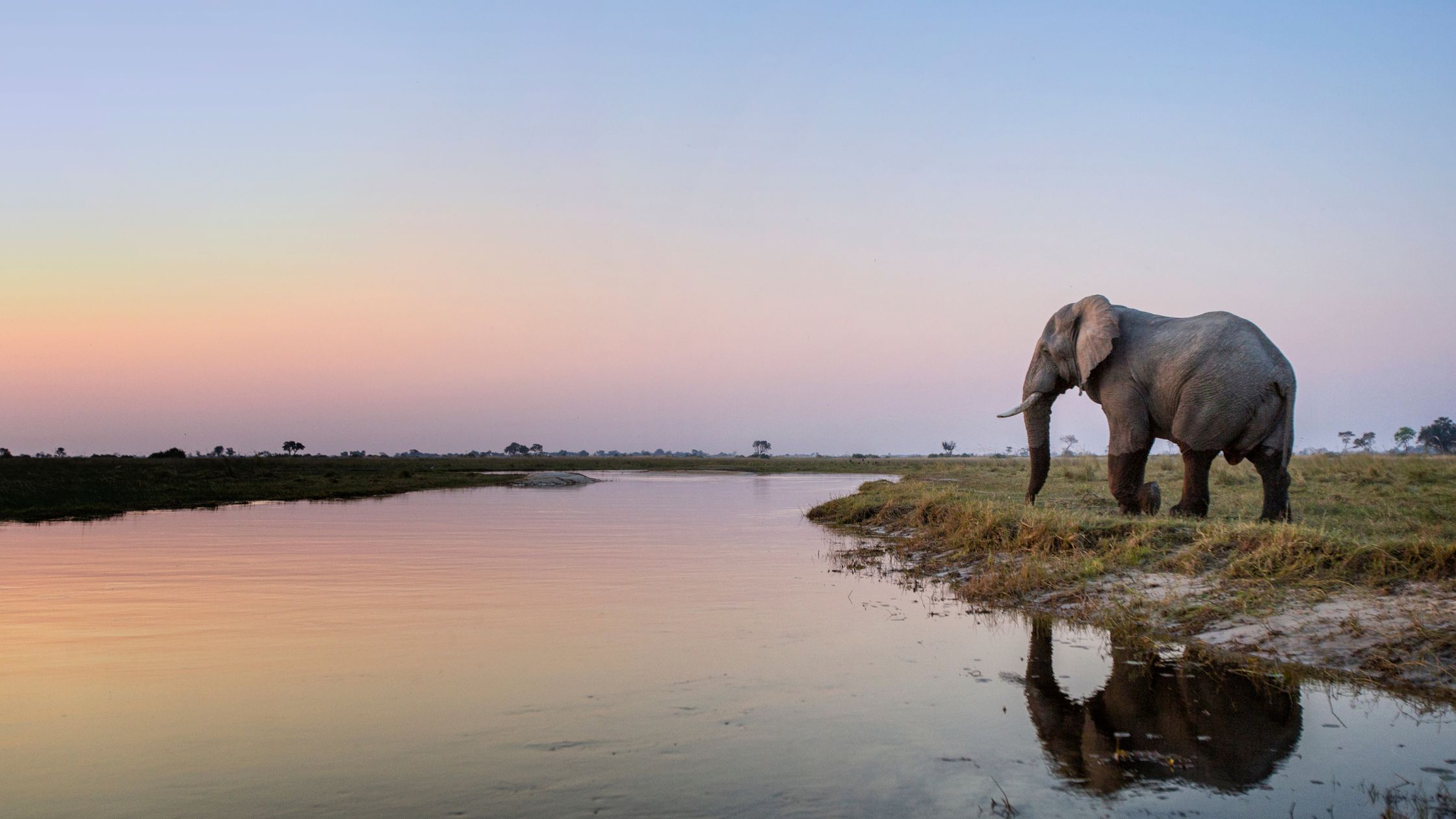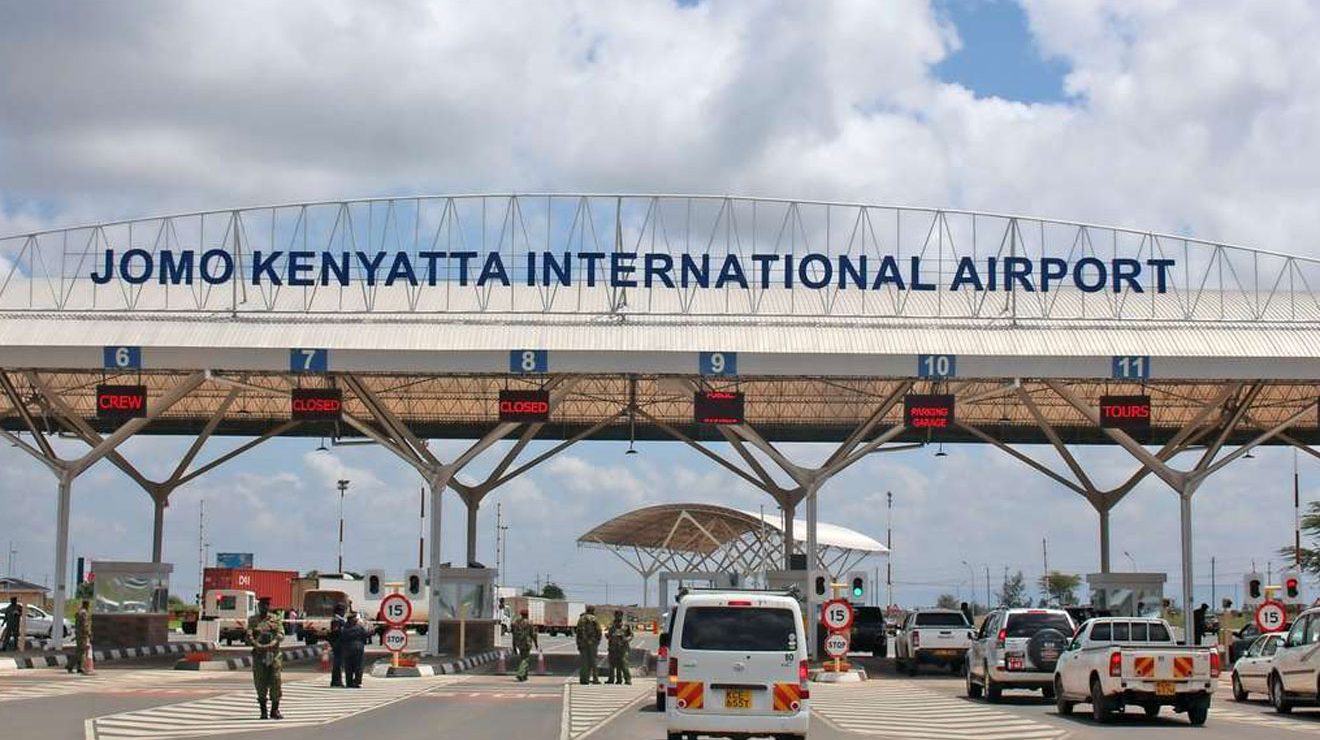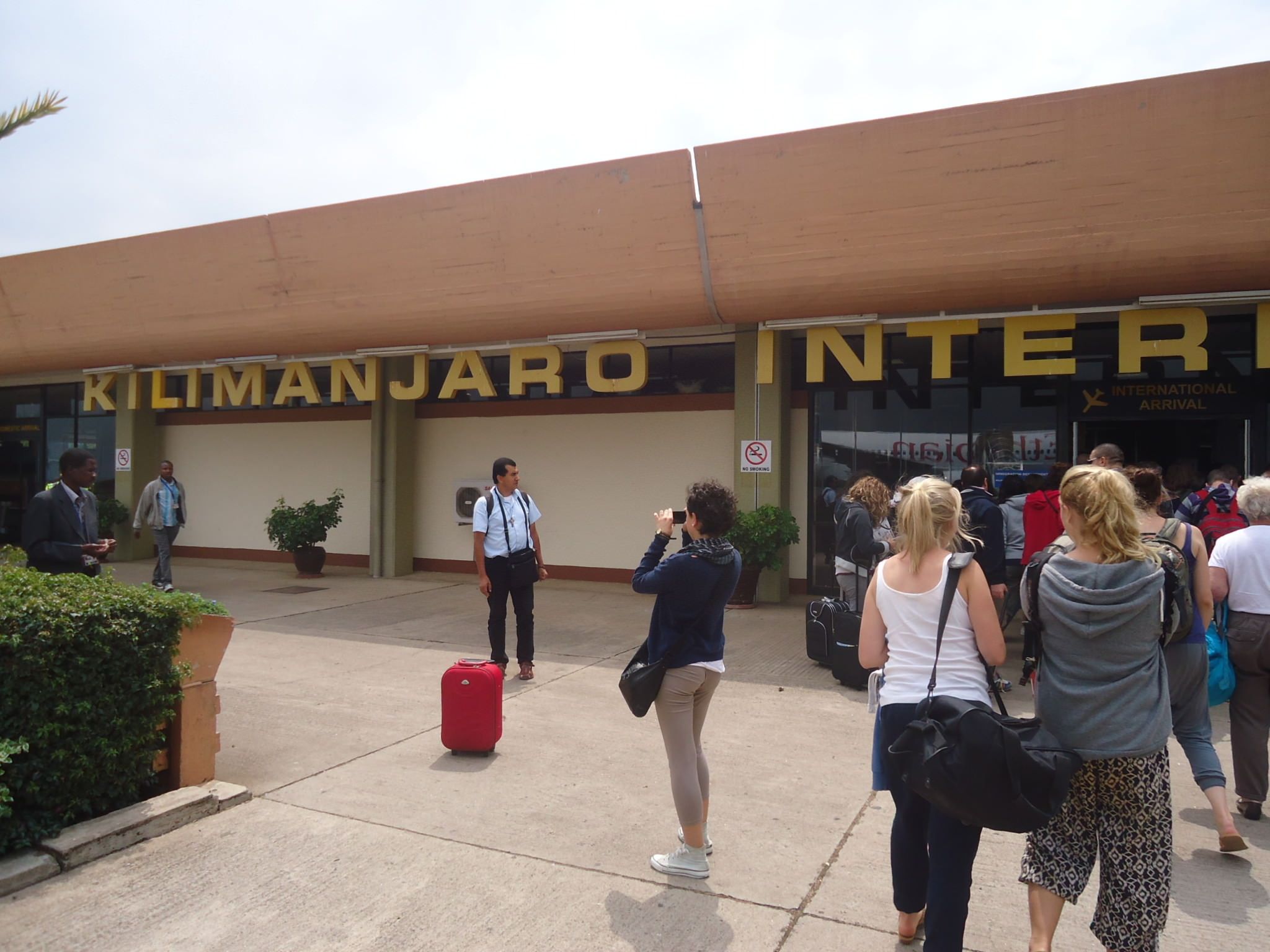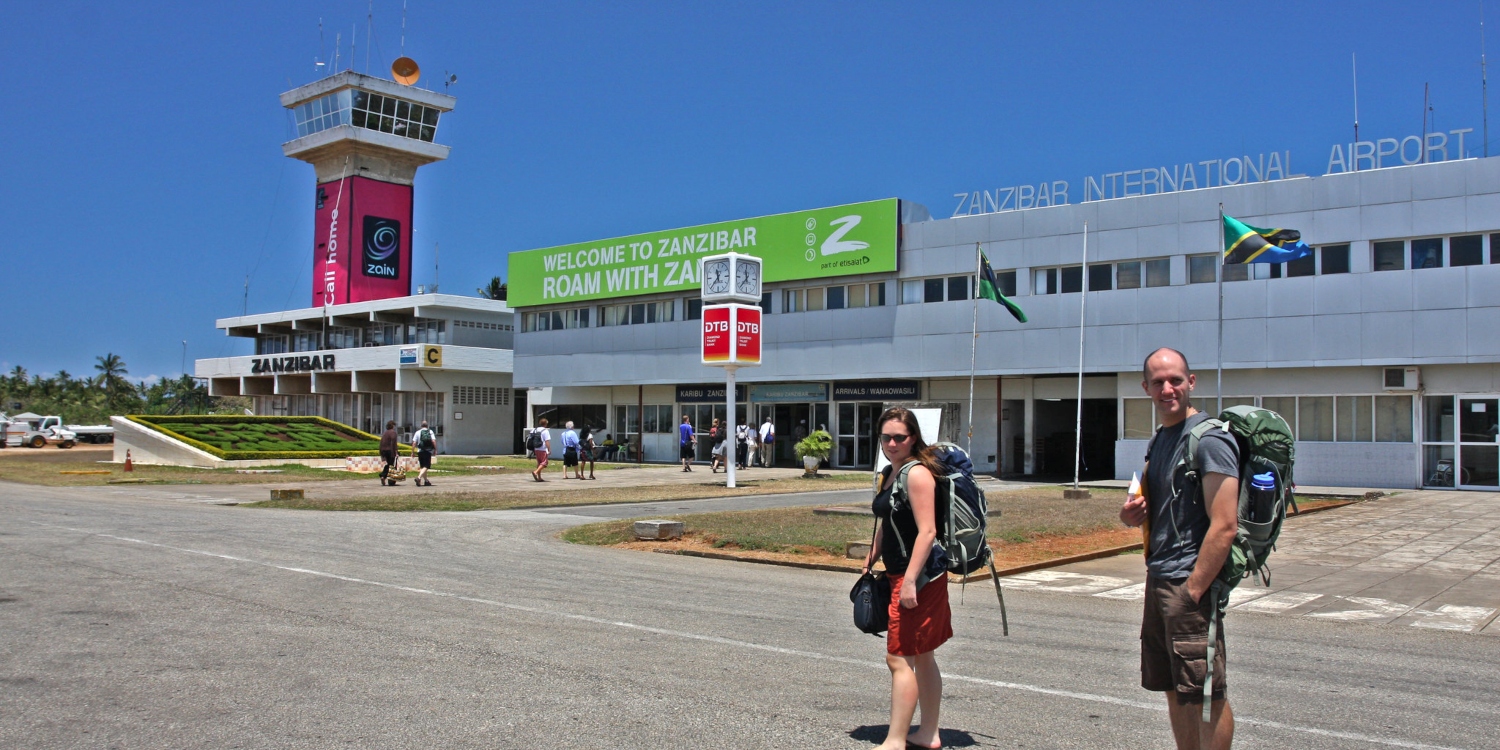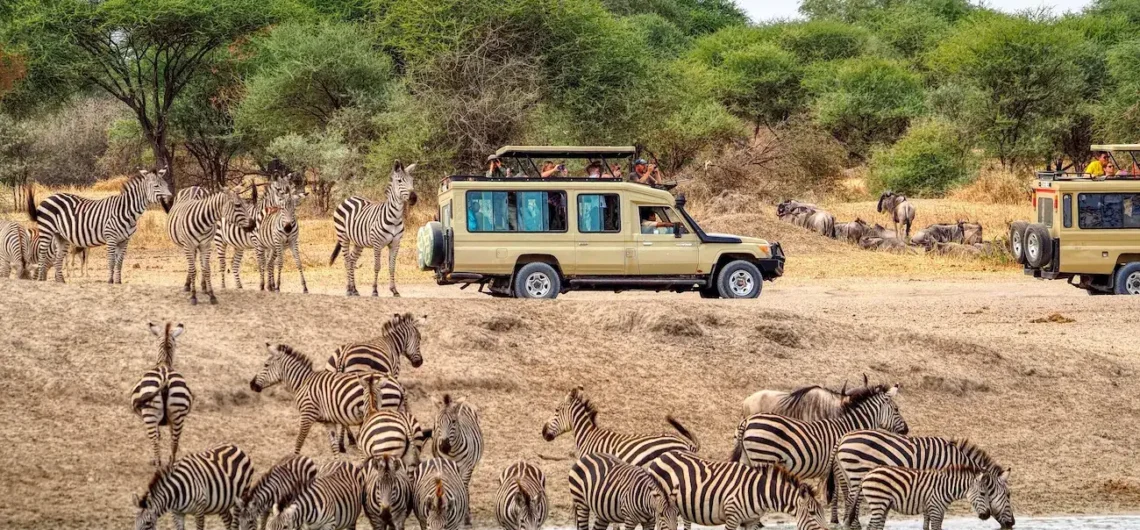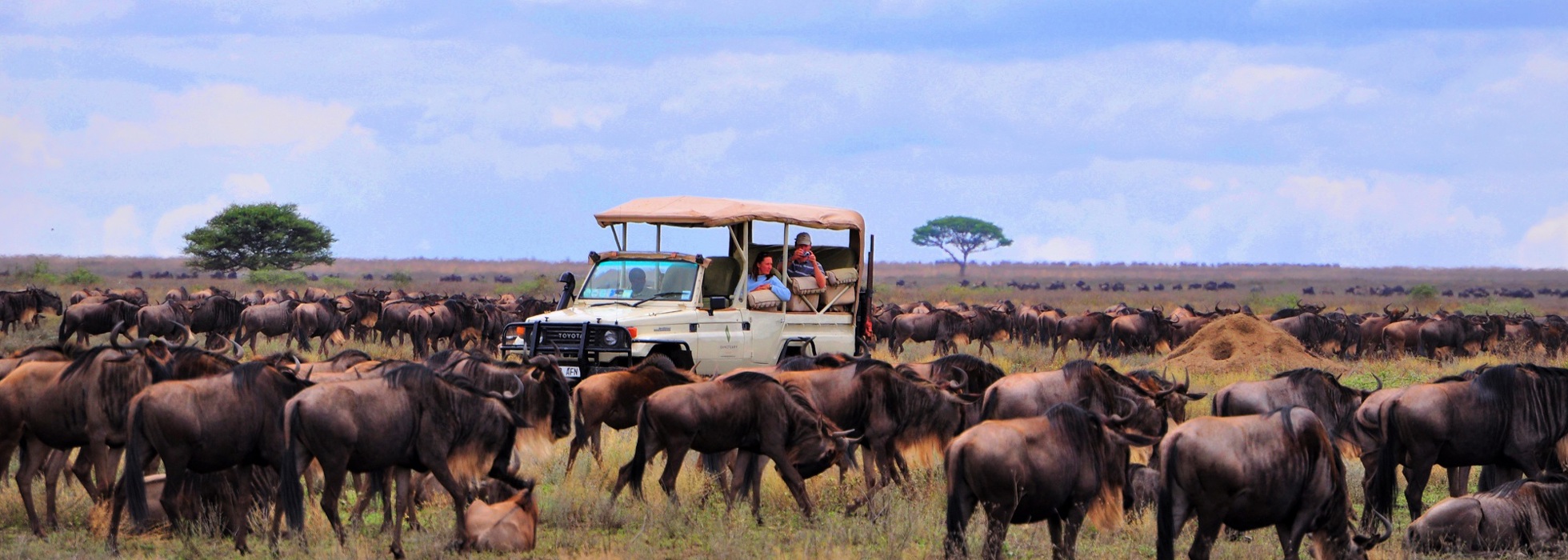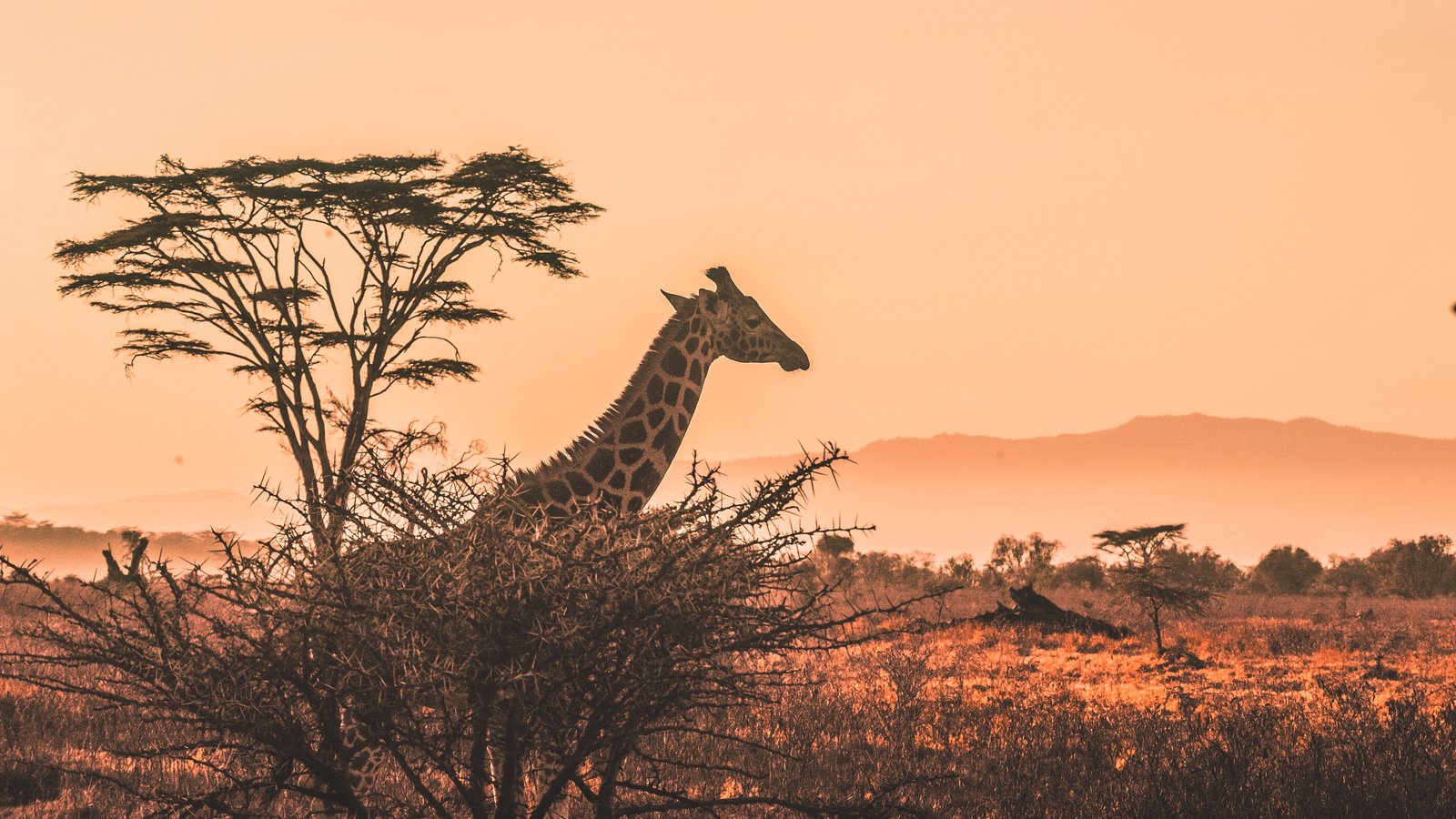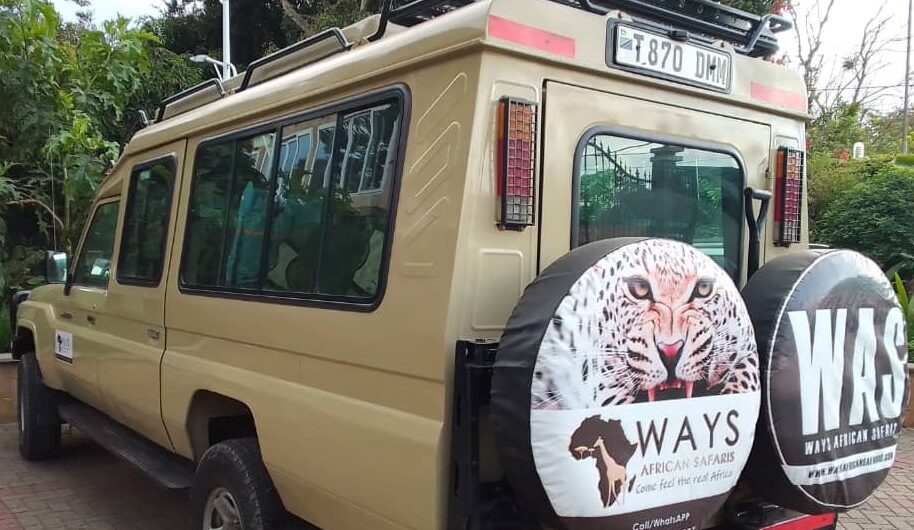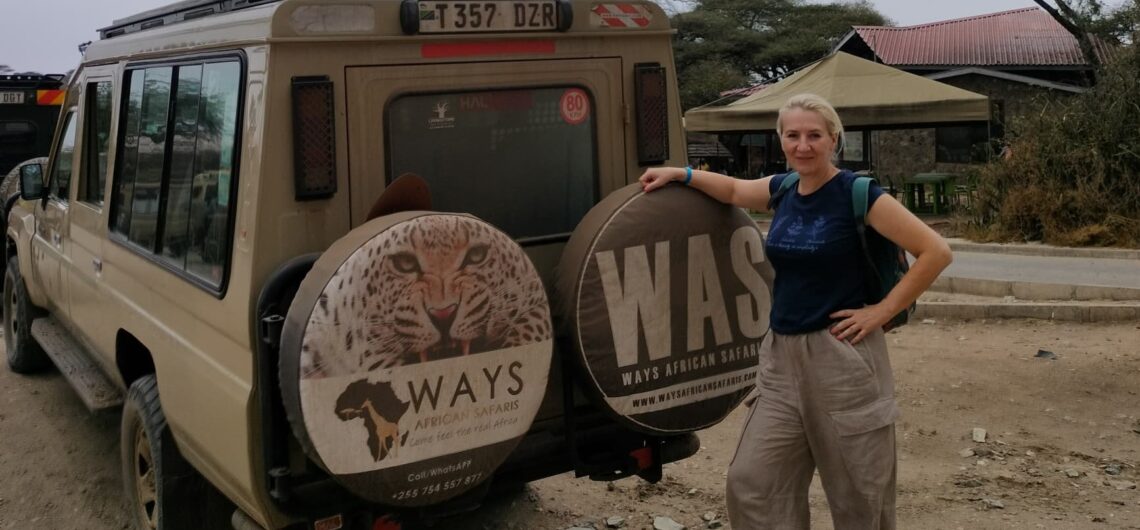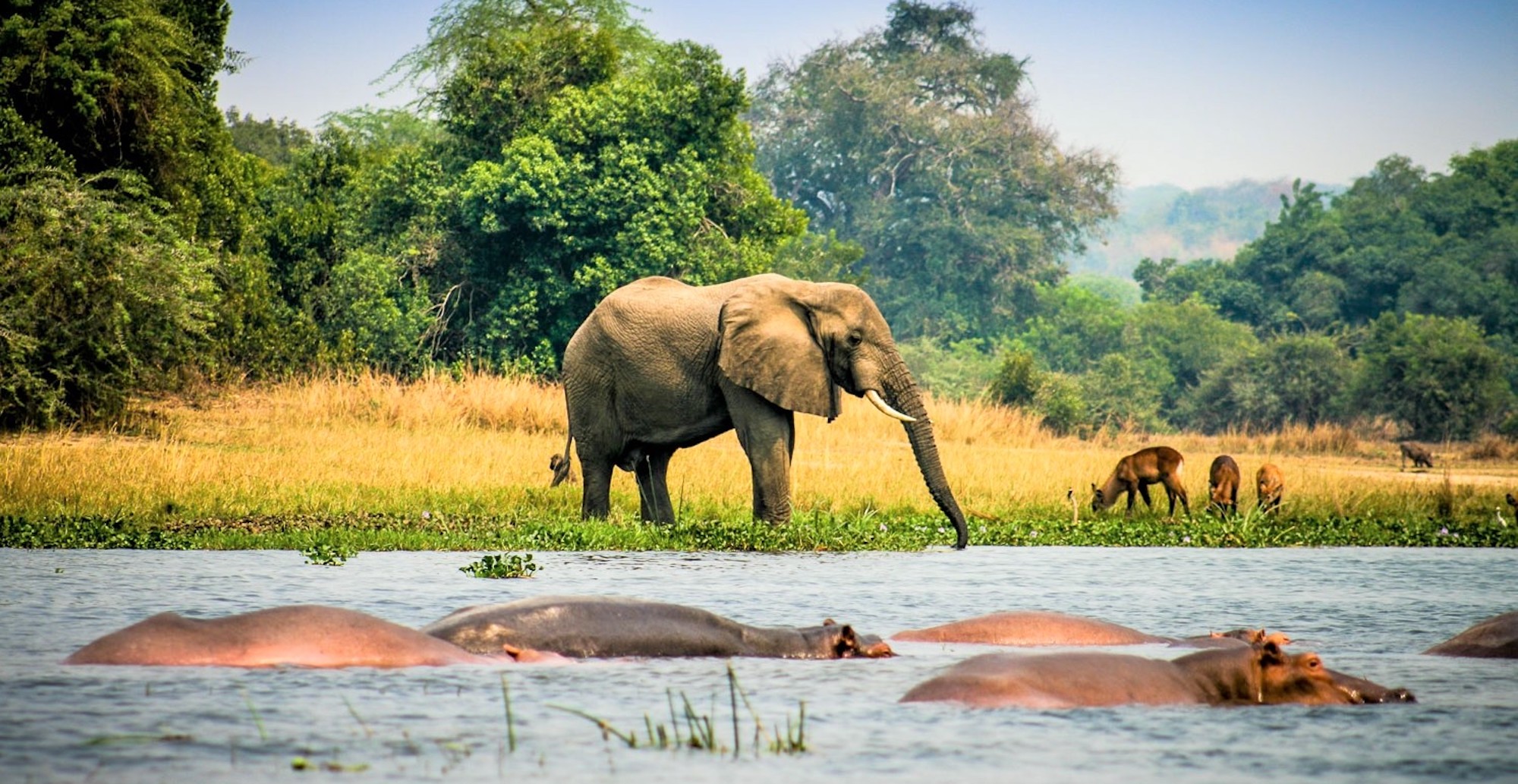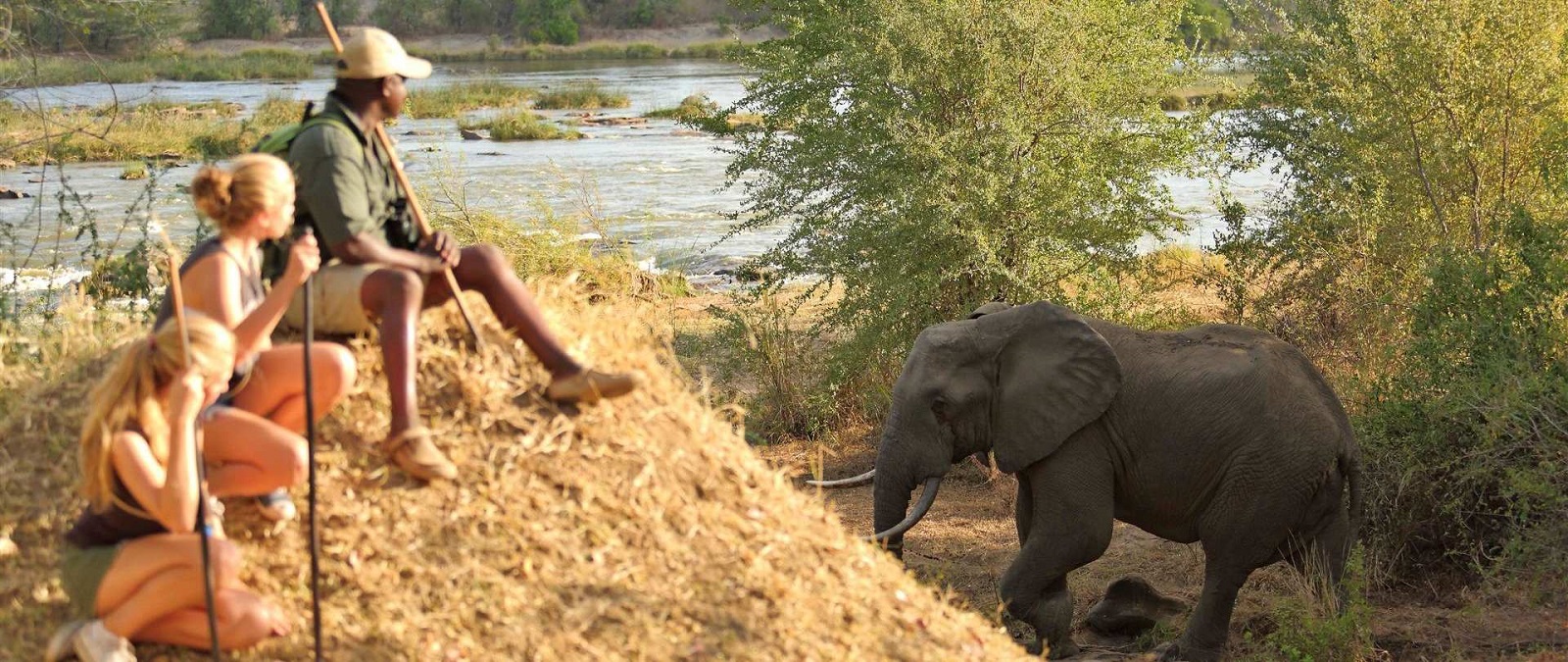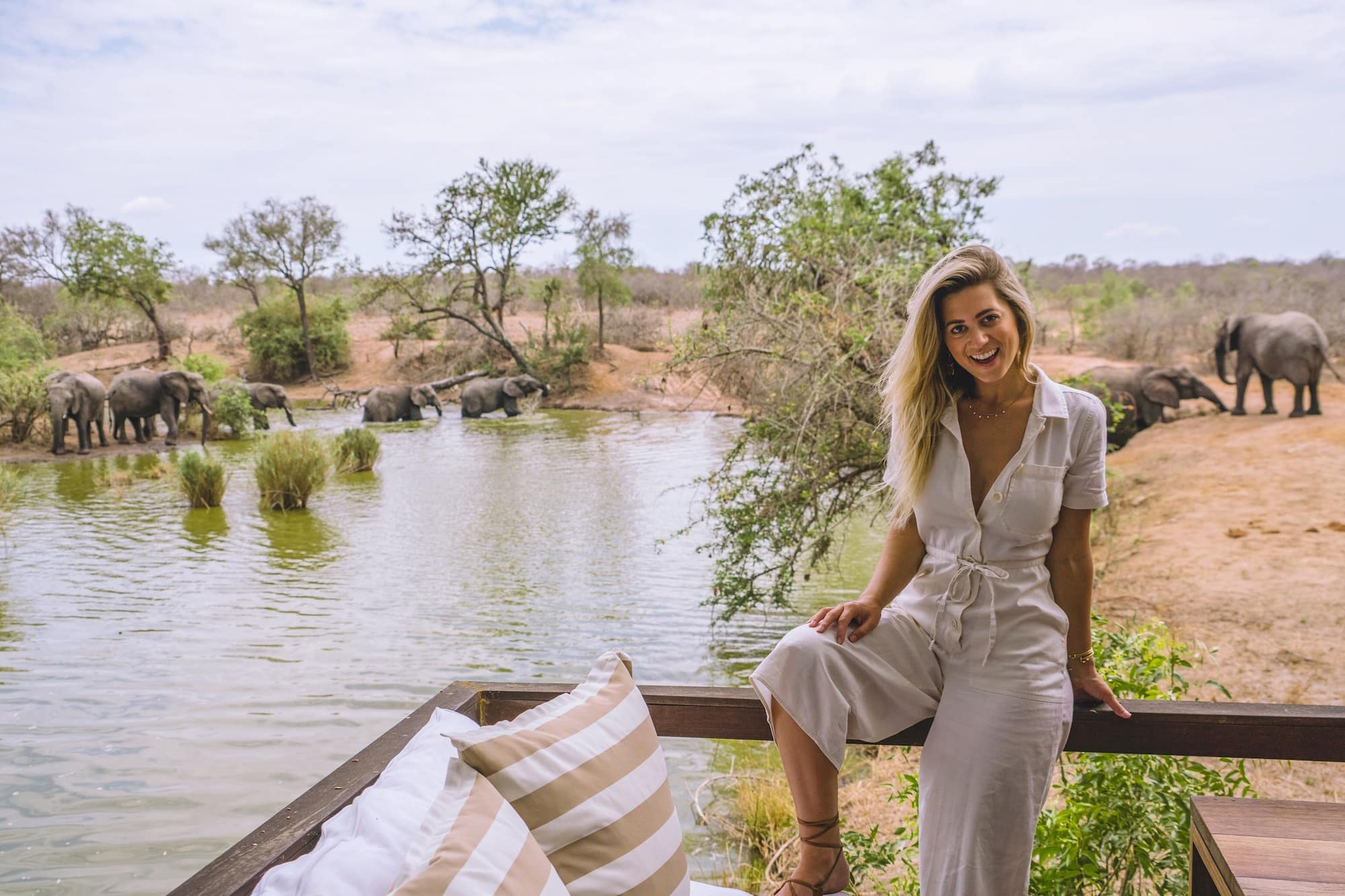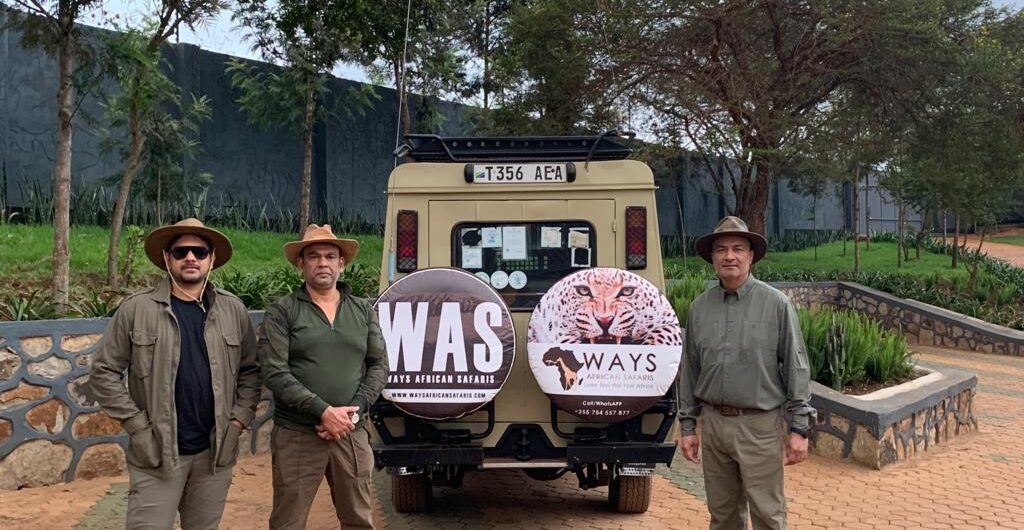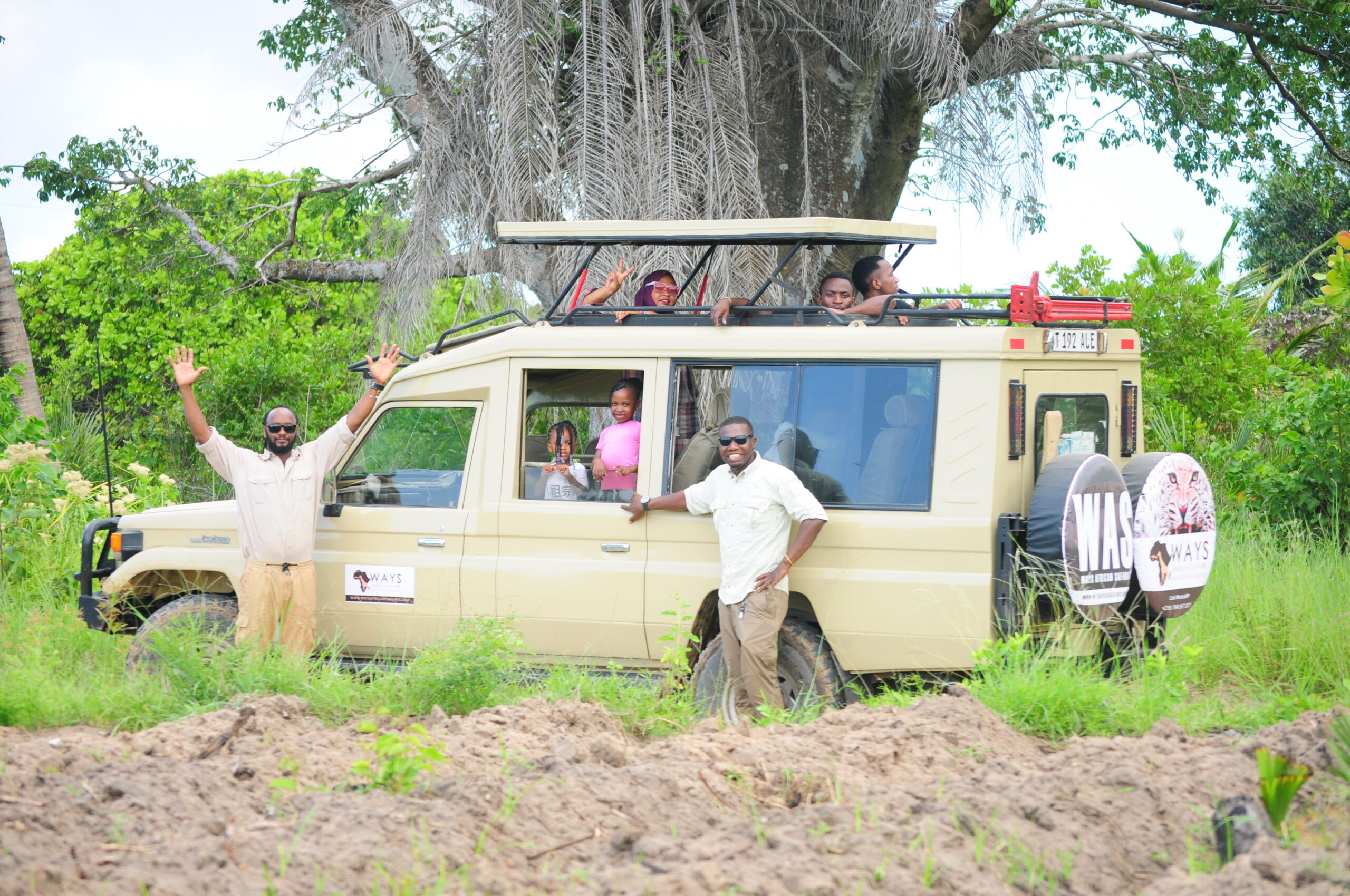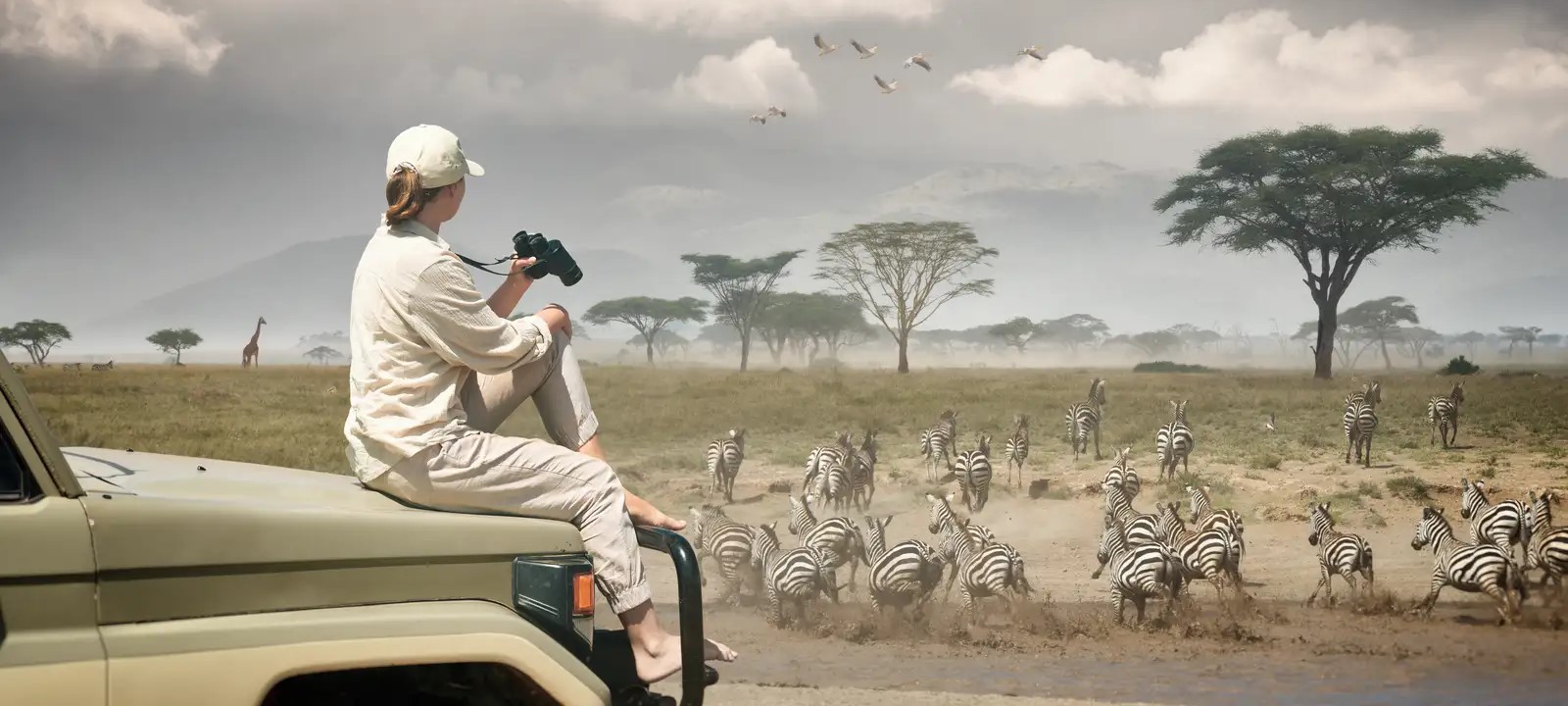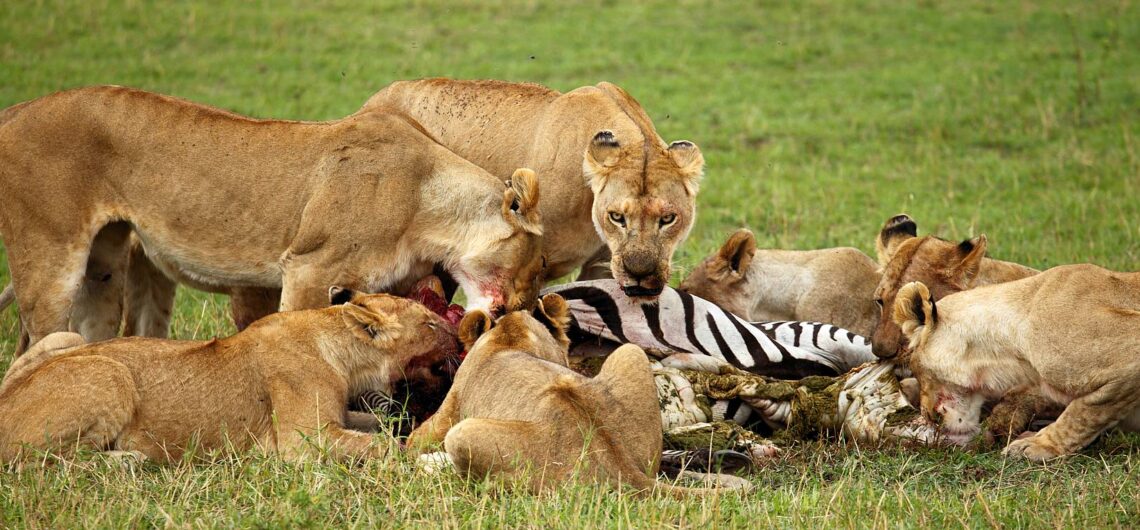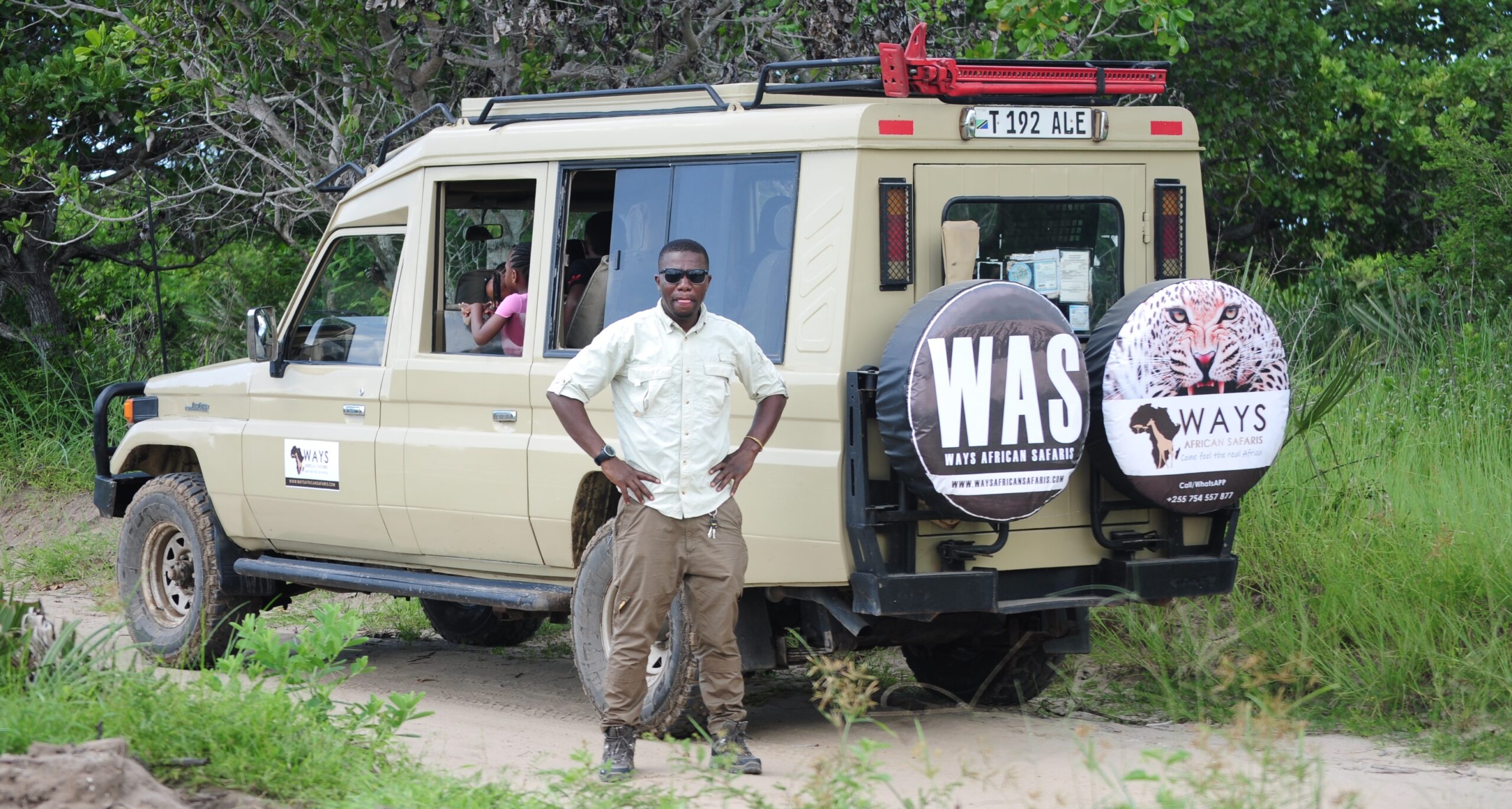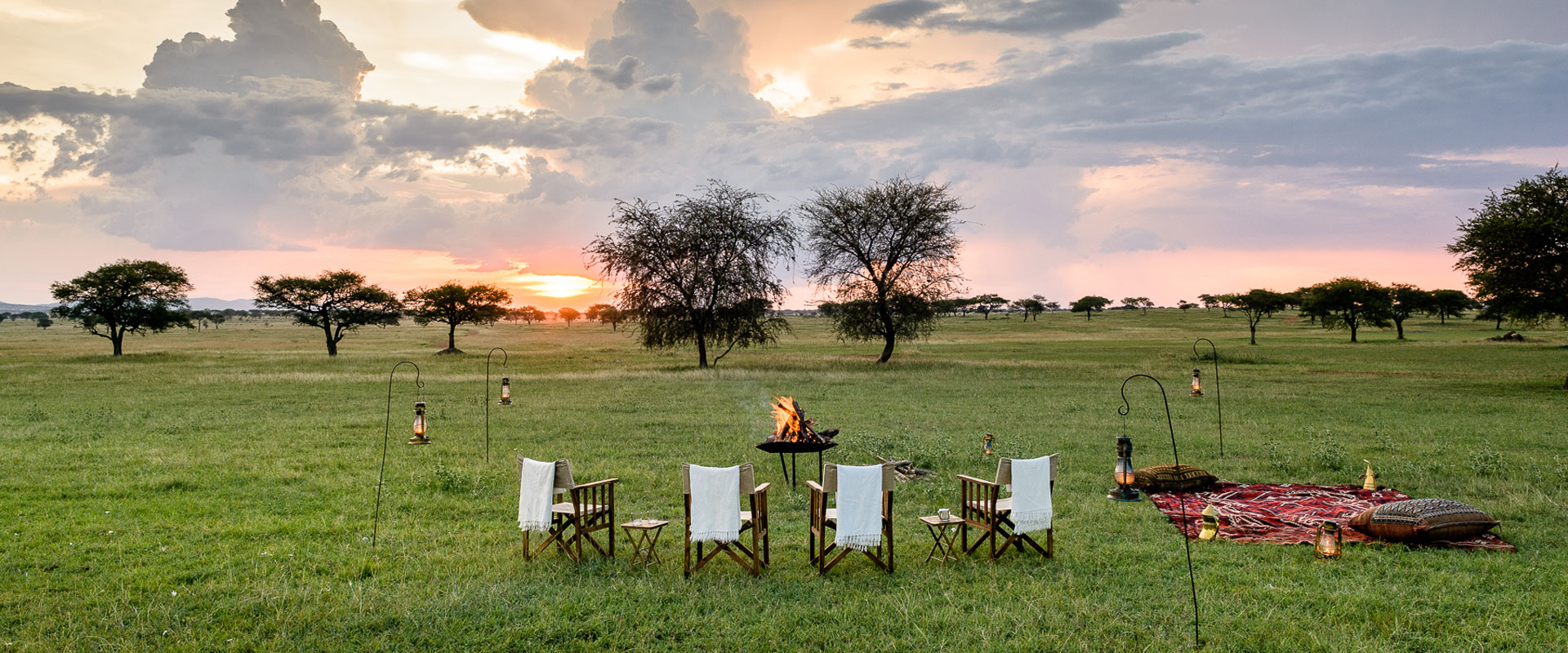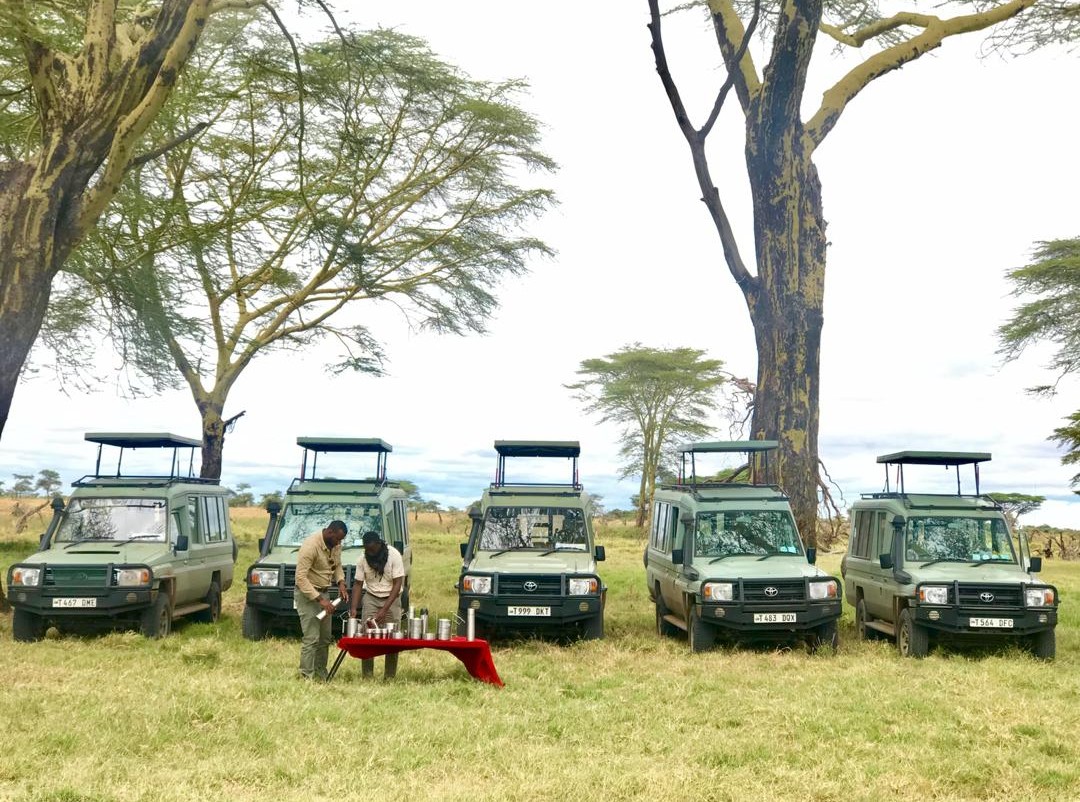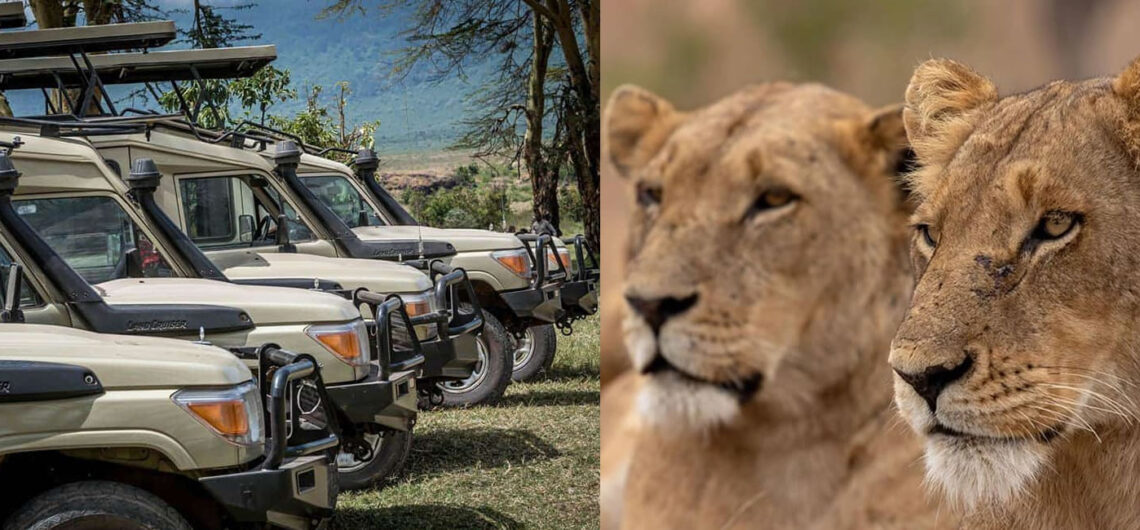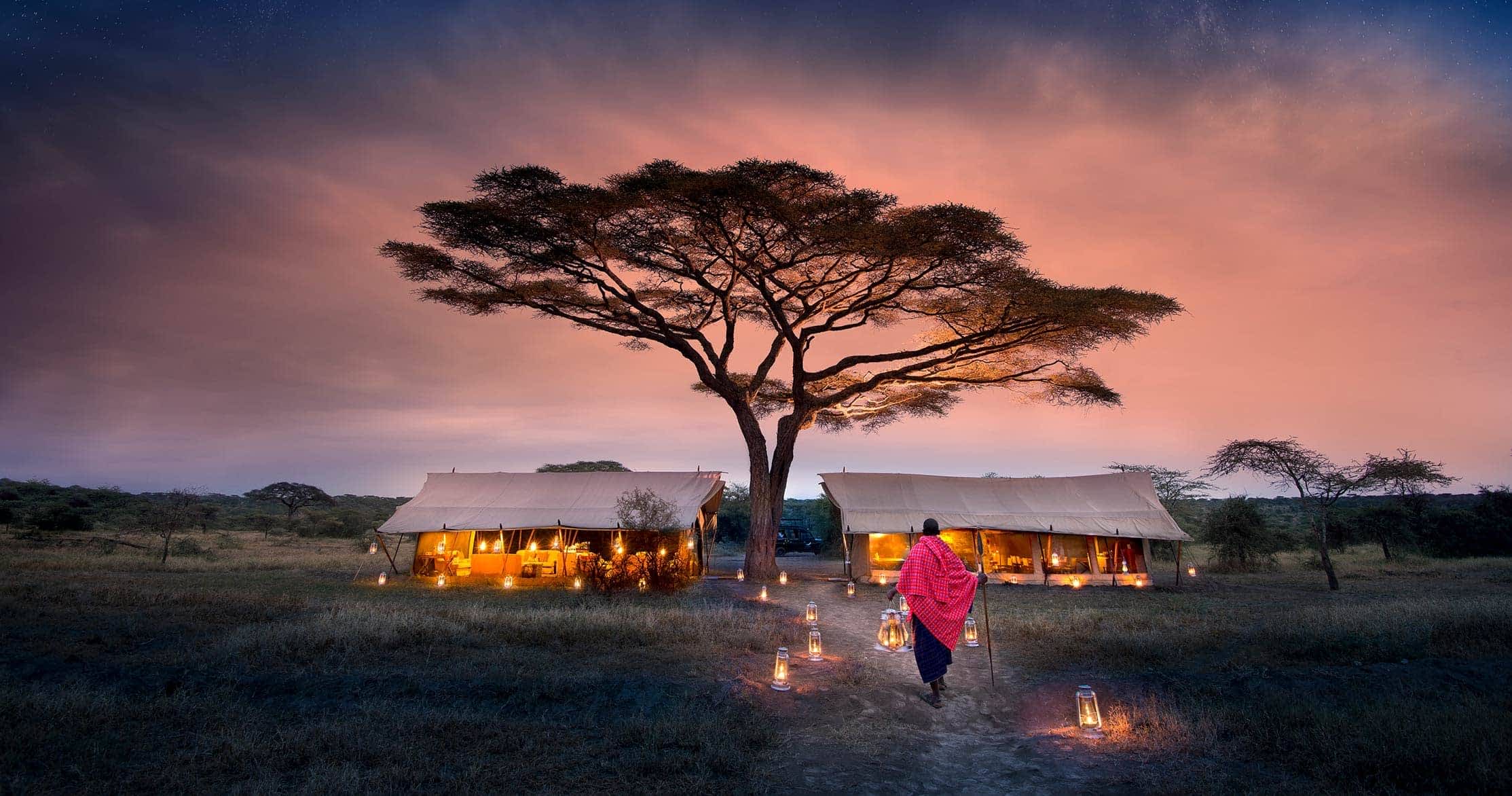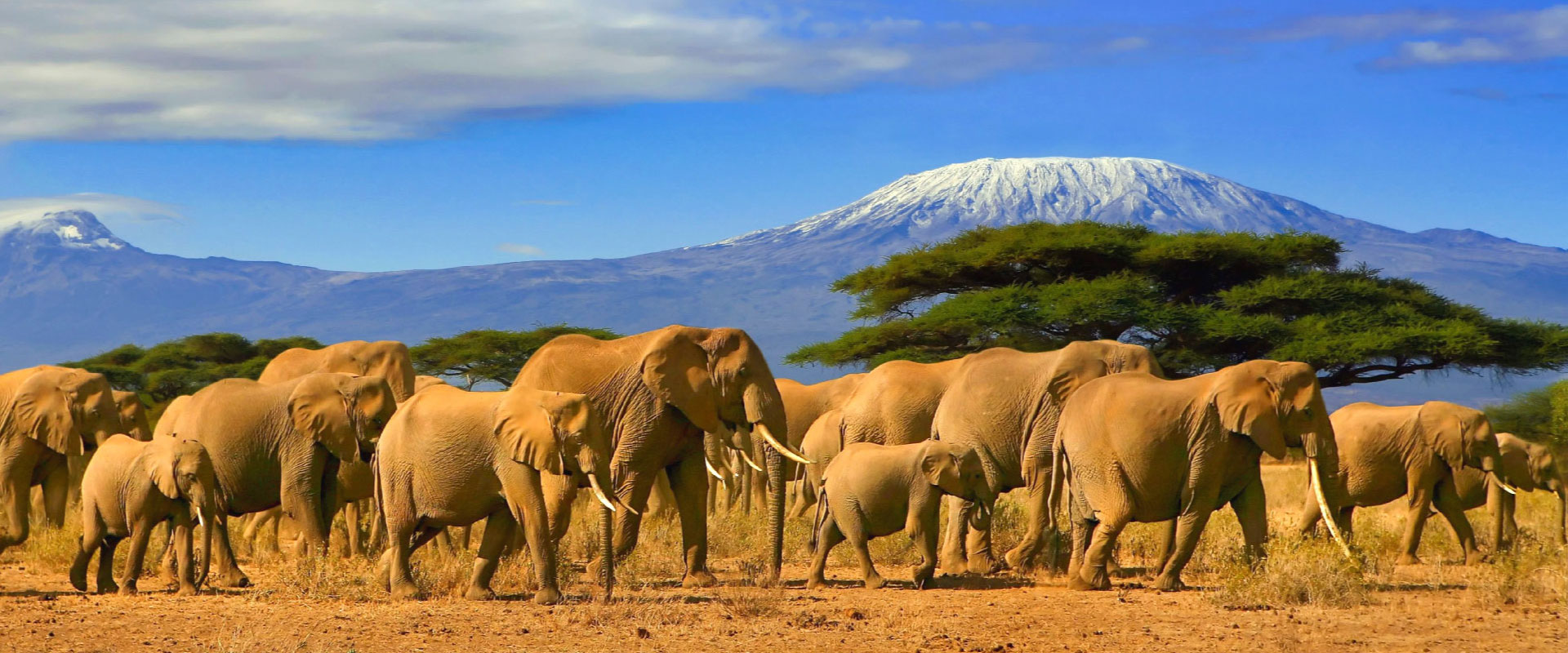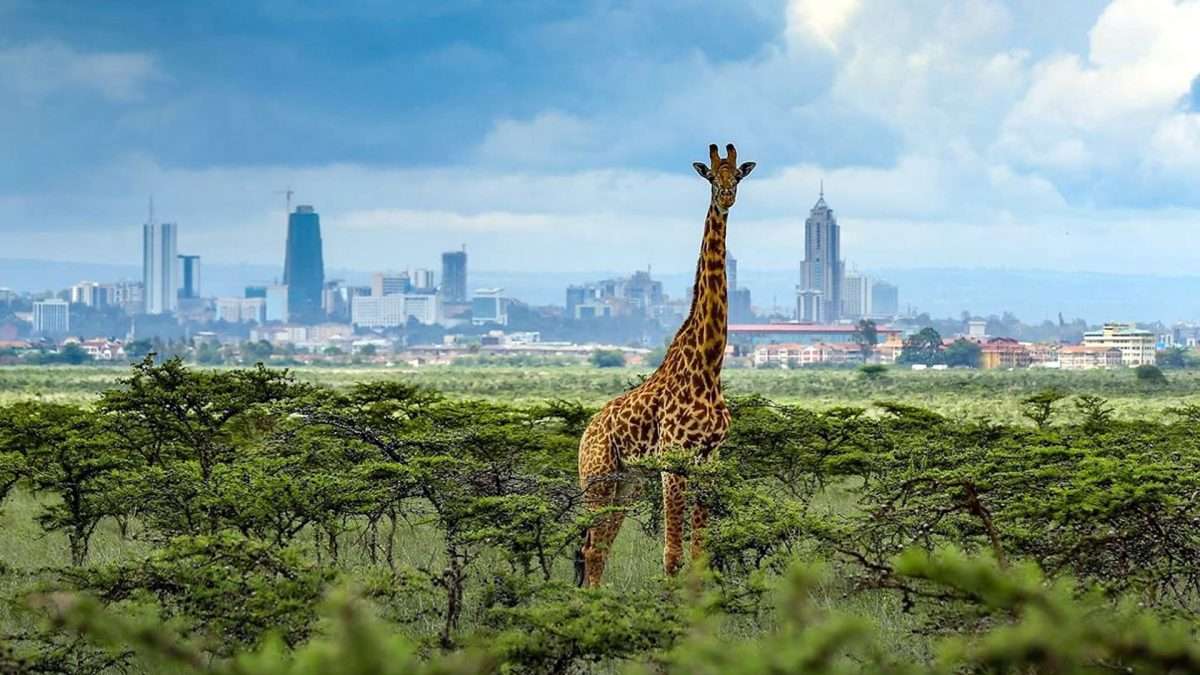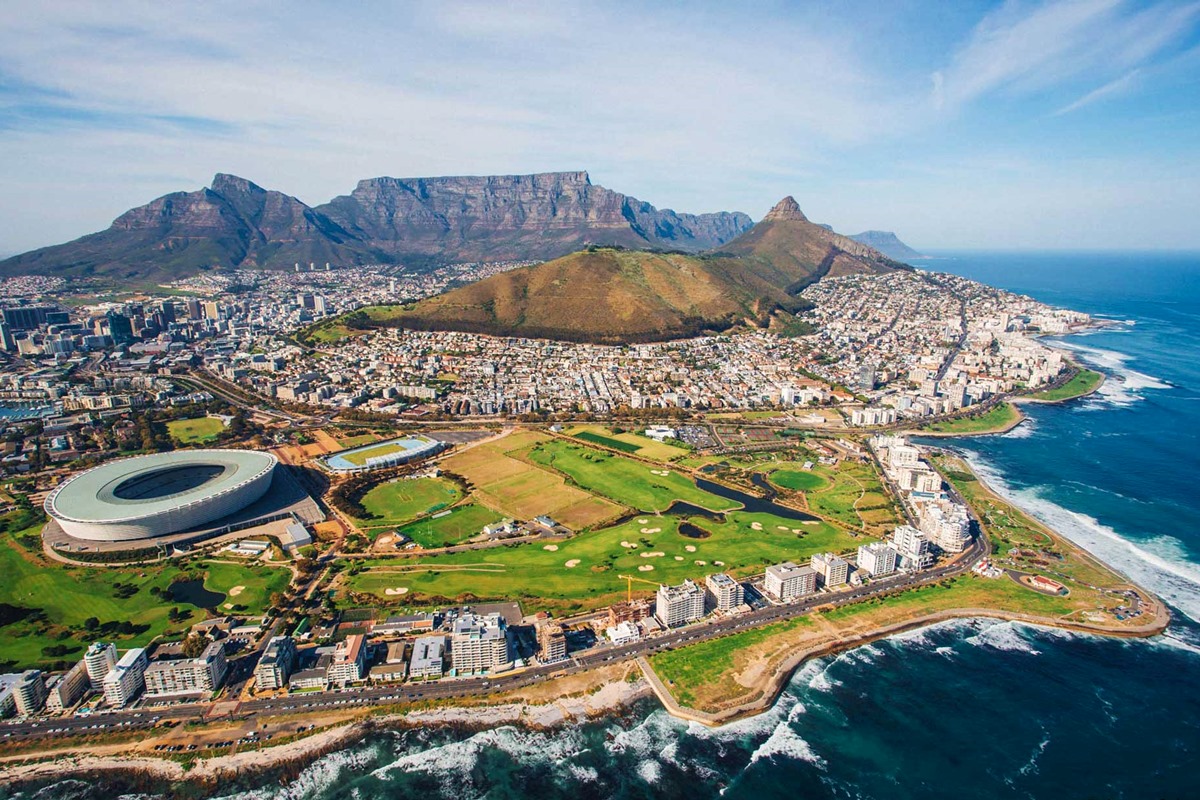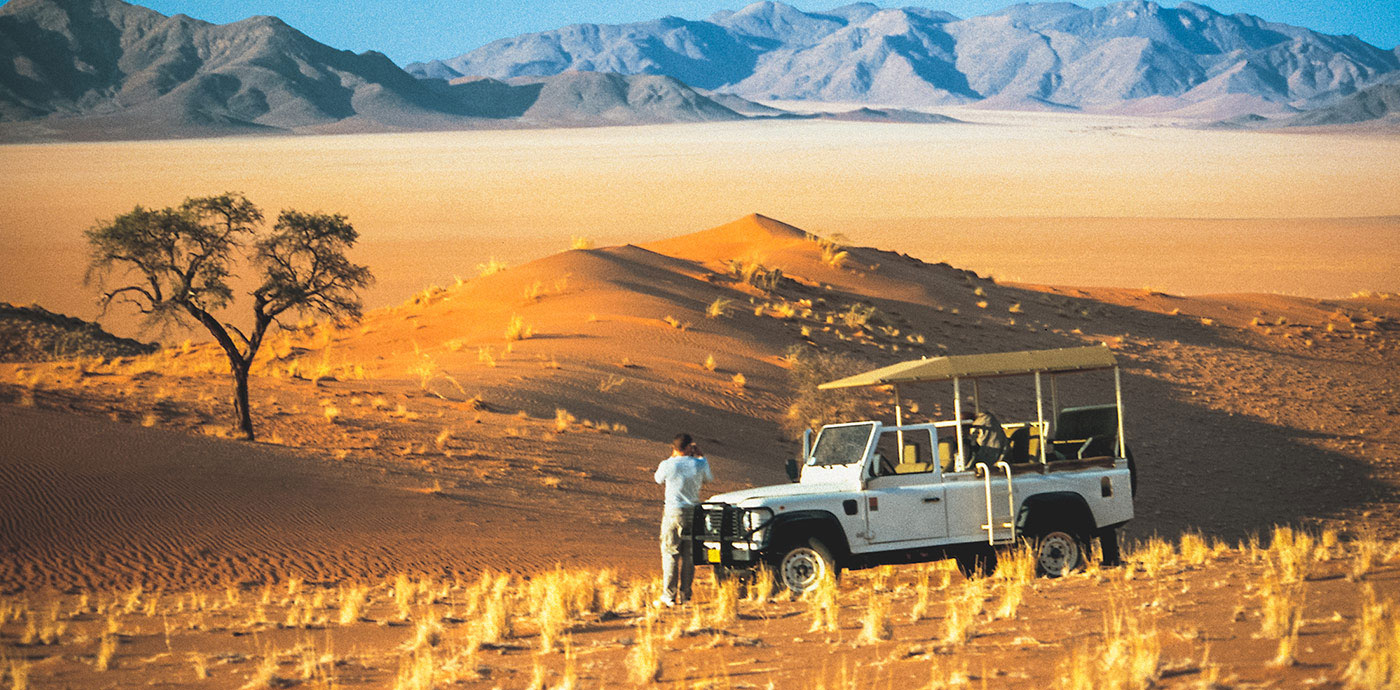What is the Difference Between a Safari and a Tour? While "safari" and "tour" are often used interchangeably, they represent two distinct types of travel experiences, particularly in the context of African adventures. Understanding the difference can help travelers choose the journey that best suits their interests and expectations. A safari is a specialized expedition that focuses on exploring nature, wildlife, and often remote or wilderness areas. Originating from the Swahili word for "journey," safaris typically involve game drives, walking explorations, or even hot air balloon rides through iconic wildlife destinations like the Serengeti or Maasai Mara. Safaris immerse travelers in the natural world, offering up-close encounters with animals in their natural habitats. The emphasis is on observation, conservation, and experiencing the raw beauty of the wilderness. Safari itineraries are often tailored for wildlife enthusiasts, photographers, or those seeking an authentic and immersive adventure in the wild. In contrast, a tour is a broader concept that encompasses organized travel to various destinations, not limited to wildlife or nature. Tours can include visits to cultural landmarks, historical sites, urban attractions, and other points of interest. They are often structured and guided, covering a wide range of themes, such as history, art, food, or adventure. For instance, a tour might take you through the vibrant streets of Zanzibar, the ancient ruins of Great Zimbabwe, or wine-tasting regions in South Africa. The key difference lies in the focus and setting. A safari is centered on wildlife and the natural environment, often taking place in protected areas like national parks or game reserves. A tour, however, is more versatile, catering to diverse interests and incorporating various activities in urban or rural settings. In Africa, you can combine both experiences for the ultimate trip. Begin with a thrilling safari in Tanzania’s Serengeti, where you witness
What is the Difference Between a Safari and a Tour?
While “safari” and “tour” are often used interchangeably, they represent two distinct types of travel experiences, particularly in the context of African adventures. Understanding the difference can help travelers choose the journey that best suits their interests and expectations.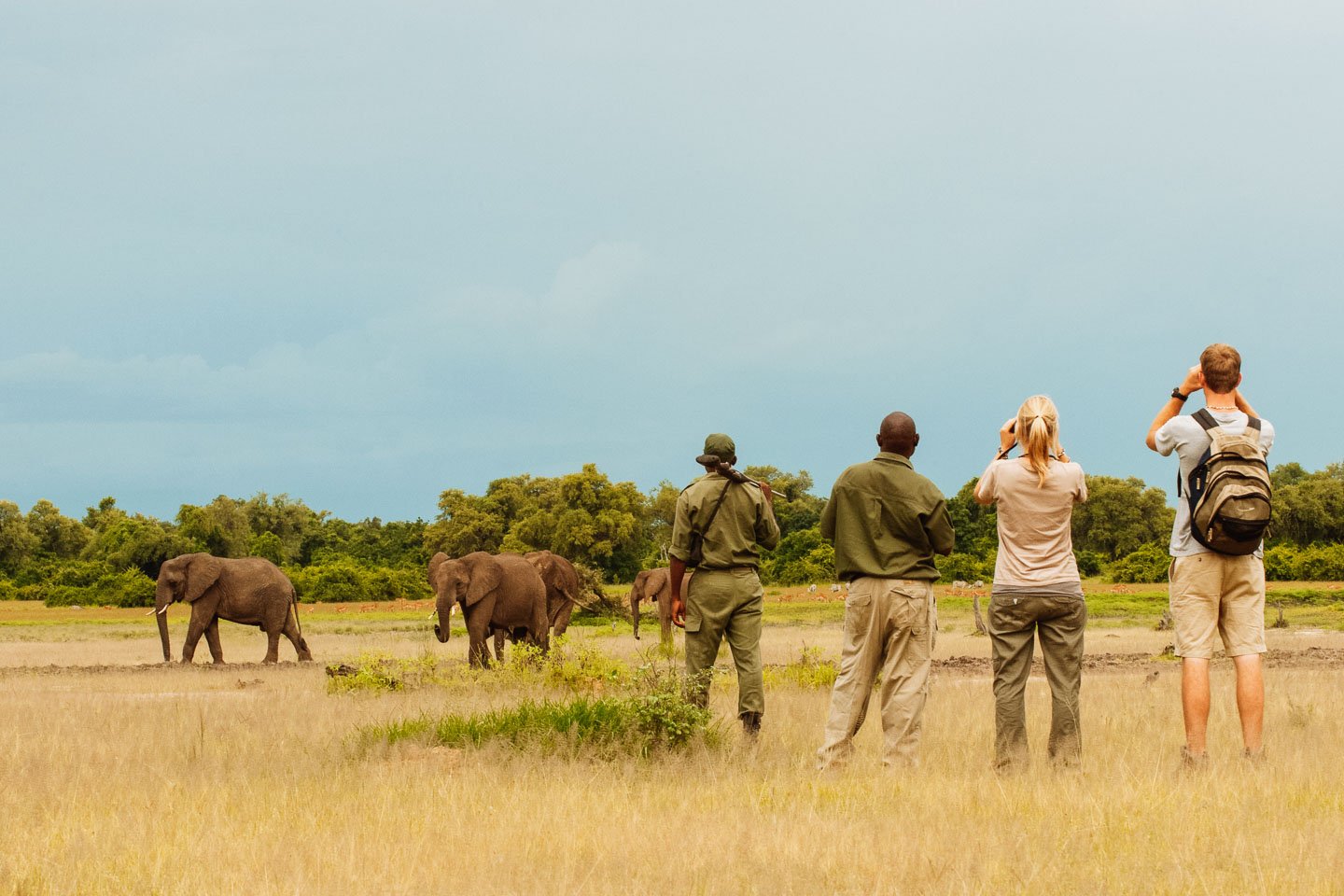
A safari is a specialized expedition that focuses on exploring nature, wildlife, and often remote or wilderness areas. Originating from the Swahili word for “journey,” safaris typically involve game drives, walking explorations, or even hot air balloon rides through iconic wildlife destinations like the Serengeti or Maasai Mara. Safaris immerse travelers in the natural world, offering up-close encounters with animals in their natural habitats. The emphasis is on observation, conservation, and experiencing the raw beauty of the wilderness. Safari itineraries are often tailored for wildlife enthusiasts, photographers, or those seeking an authentic and immersive adventure in the wild.
In contrast, a tour is a broader concept that encompasses organized travel to various destinations, not limited to wildlife or nature. Tours can include visits to cultural landmarks, historical sites, urban attractions, and other points of interest. They are often structured and guided, covering a wide range of themes, such as history, art, food, or adventure. For instance, a tour might take you through the vibrant streets of Zanzibar, the ancient ruins of Great Zimbabwe, or wine-tasting regions in South Africa.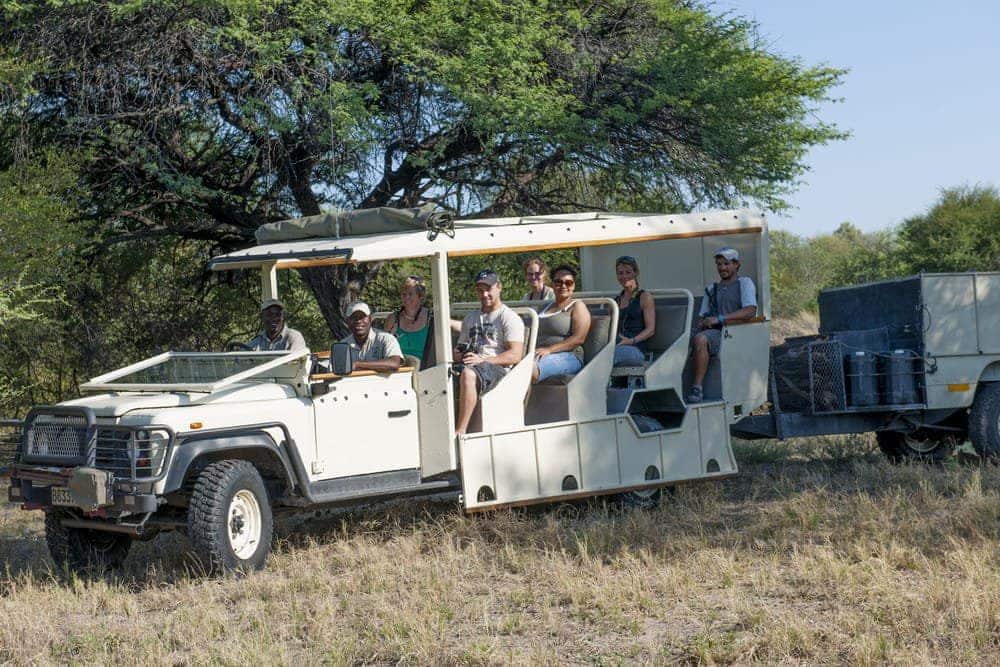
The key difference lies in the focus and setting. A safari is centered on wildlife and the natural environment, often taking place in protected areas like national parks or game reserves. A tour, however, is more versatile, catering to diverse interests and incorporating various activities in urban or rural settings.
In Africa, you can combine both experiences for the ultimate trip. Begin with a thrilling safari in Tanzania’s Serengeti, where you witness the Great Migration, and follow it with a cultural tour of Zanzibar’s Stone Town or visits to local Maasai villages. Whether you choose a safari, a tour, or a blend of both, Africa offers endless opportunities for discovery.